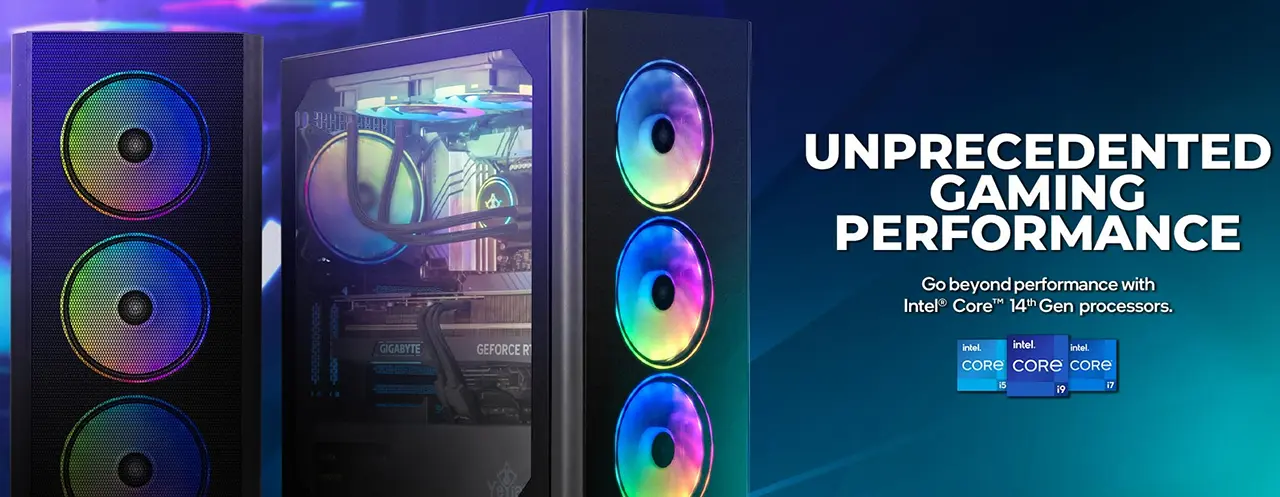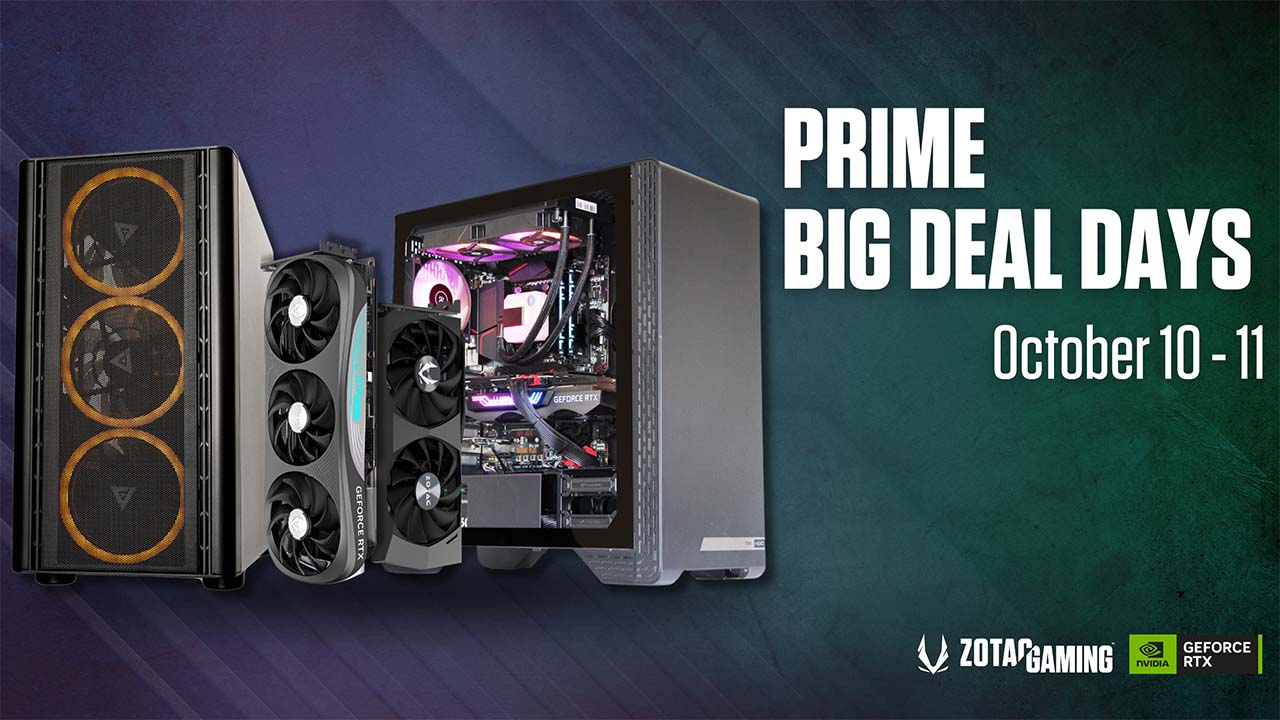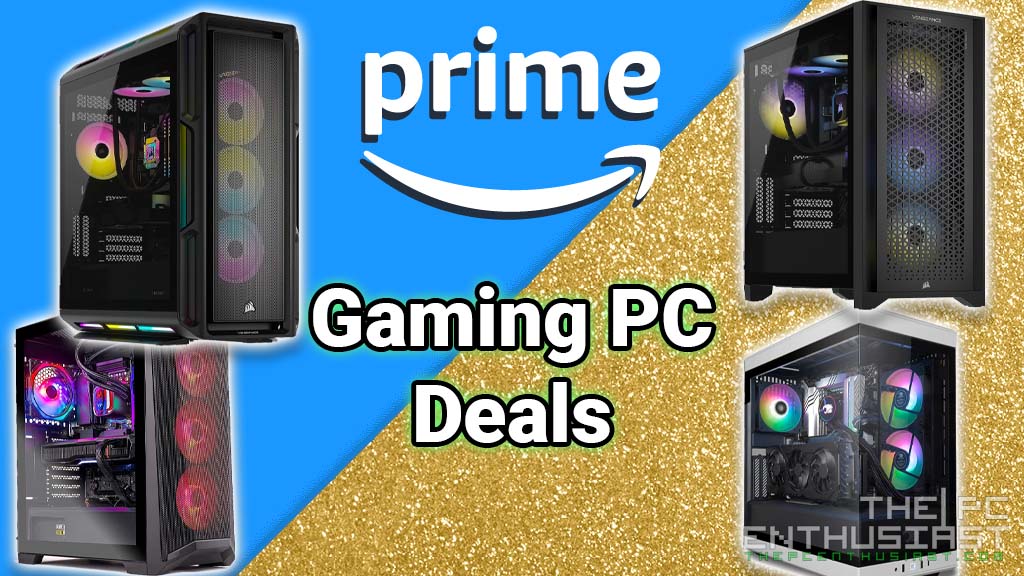
Welcome to the exciting world of custom PC building! If you are reading this, you are likely considering taking the plunge into assembling your very own computer. This journey may seem daunting initially, but it is incredibly rewarding, offering you a unique blend of technical learning and personalization. Whether you aim to create a gaming powerhouse, a sleek workstation, or something that lies in between, this guide will help simplify the process and set you on the path to building your dream PC.
What Will You Use Your PC For? What Is Your Budget?
Deciding the primary purpose of your custom PC and setting a budget are the first steps you should take. There are thousands of components to choose from – more on those shortly – each varying in power and cost. Indeed, the choice can be overwhelming at first. Your main usage determines the components you require, which in turn has a significant effect on your budget. For example, someone using their PC for moneyline betting and browsing the internet does not require a powerful processor or graphics card, but these are required to play the latest blockbuster video games at their highest resolutions and framerates.
Once you have a budget, stick to it. Purchasing the next best model will be tempting once you log into your Amazon or Newegg account and start buying parts, and your costs can quickly stack up. Suddenly, your $1,000 budget has become $1,500 or more! Remember that, for the most part, you can upgrade your computer’s components later. So, stick to your budget, then consider saving for an upgrade once you have your machine up and running.
Understanding The Various PC Components

PCs are comprised of several components, each performing a specific task. These components work in tandem with one another and are only as strong as their weakest link. Here is a basic overview of each PC component.
The CPU (Central Processing Unit) is often just called the processor. It acts as the computer’s brain and handles most of your PC’s calculations. Similarly, the GPU (Graphics Processing Unit) is known as a graphics card. It is essential for gaming and graphic-intensive tasks such as rendering images, video, and animations.
RAM (Random Access Memory) is your system’s short-term memory, used for storing data that is actively being used or processed. Although people refer to RAM as memory, please do not confuse it with storage, which is your long-term data storage. These are usually called hard drives. An HDD is a traditional spinning drive, while SSDs are faster, quieter, and more durable.
Then we have the motherboard, the main circuit board that connects all PC components, allowing them to communicate. Of course, a computer requires electricity to run, which is handled by the Power Supply Unit (PSU). Once you have those components, a case is needed. Cases are aesthetically pleasing and protect your components from the elements, but the better ones have good airflow, which helps cool your system.
Choosing the Right Components
Selecting the right components is a balancing act between performance, budget, and future-proofing your build. Here are some tips.
You have already considered what you will use your PC for, so you will know how powerful your CPU should be. Intel and AMD are the leading players here. Generally, you can see how powerful a CPU is from the model number. For example, Intel’s fastest processor is the i9-14900K. The i9 is the model, and the 14900 shows it is the 14th generation. Intel CPUs come in i3, i5, i7, and i9 guises. AMD follows a similar nomenclature.
AMD makes superb GPUs, but NVIDIA is the best right now. Like CPUs, GPUs have model numbers that indicate their power. NVIDIA’s latest GPUs are the 4000 series, with the 4090 being the most powerful GPU on the market today.
You should look at installing at least 16GB of RAM, especially if you are gaming or creating content. Go for RAM with a high frequency; the higher the frequency, the faster it performs. Similarly, RAM comes in different generations, such as DDR4. The latest RAM is DDR5.
When choosing your motherboard, ensure it is compatible with your CPU. AMD and Intel have different socket types, meaning an AMD CPU will not fit on a motherboard designed for Intel and vice-versa. Ensure your motherboard has enough ports and slots for your needs, including PCIe and an M.2 slot; the latter is required for the fastest storage systems.
Storage is a personal preference, but SSDs are better than traditional HDDs, especially if you are a high-power user and speed is of the essence. Figures to look for in a hard drive are storage capacity and the disk’s read/write speeds. The higher the read/write speed, the faster the drive can access its data storage.
Never scrimp on your PSU because the results can be catastrophic if it fails. Use an online calculator to work out the total power draw of your complete system, remembering to include monitors and peripherals. If your system has a maximum power draw of 600 watts, do not just buy a PSU that has a 600W top end because you could max out your power. In this scenario, a 750W PSU would be better, as it gives you some breathing room if your PC runs at its maximum. Opt for units with at least an 80 Plus certification for efficiency and a Gold standard to help reduce the risks of it going kaput and frying your entire system.
Lastly, find a case that fits your motherboard’s size. Motherboards come in sizes of ATX, MicroATX, and Mini-ITX, and not all cases can accommodate all sizes. Read reviews of your potential case, paying attention to the reviews about airflow. Powerful PC components generate a lot of heat; a case with good airflow can help keep the temperatures down.
In Conclusion
Building your first PC may seem daunting, but it need not be. You now know more about the various PC components and what they do, which will help you build your dream custom rig. Remember to purchase components that fit the primary purpose of your PC, and try to stick to a budget. Never cut corners by buying a cheap PSU because doing so can come back to bite you!
Embrace the journey and welcome to the world of PC enthusiasts – you are in for an incredible ride!







